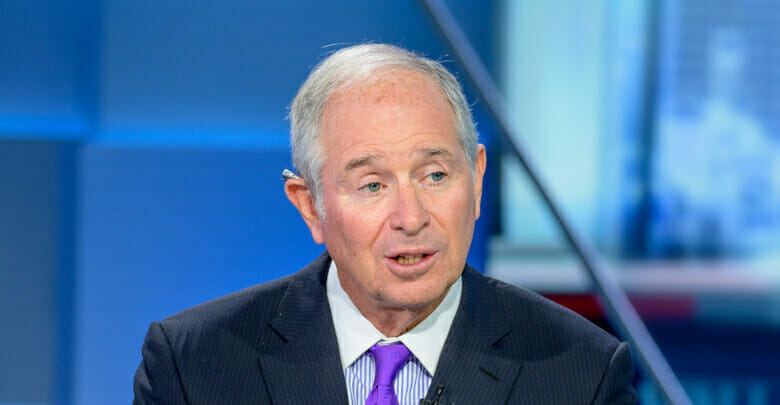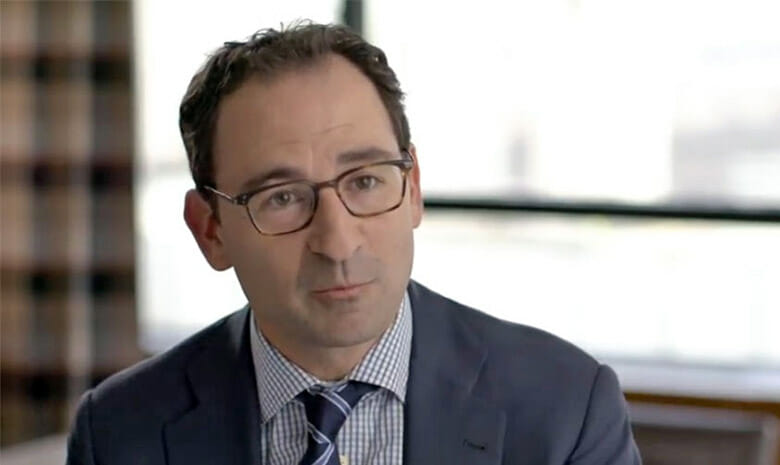
Stephen Schwarzman’s Blackstone is betting on alternative investments in Asia (Getty Images)
Blackstone’s opportunistic and core-plus real estate funds grew in value by 7.1 percent and 10.3 percent in 2022, as the world’s largest property fund manager continues to see “a lot of growth” ahead for its investments in Asia.
Despite this annual increase, the funds experienced quarterly declines of 2 percent and 1.5 percent, respectively, during the fourth quarter according to the private equity giant’s latest earnings results.
The Manhattan-based firm helmed by Stephen Schwarzman saw its total assets under management rise 11 percent last year to $974.7 billion, with real estate assets accounting for $326.1 billion of the total – growing 17 percent year-over-year.
Jonathan Gray, Blackstone’s president and chief operating officer, noted during an investor call that the company’s real estate investments continued to deliver strong net returns during a tough year for markets.
“Given our concerns around rising interest rates and inflation, we concentrated over 80 percent of our current real estate portfolio in sectors where strong cash flow growth could help offset these headwinds, including logistics, rental housing, life science, office, hotels, and data centres,” he said.
Niche Appetite
The quarterly valuation dip in the two main real estate strategies was driven by Blackstone continuing to increase its cap rate assumptions across its portfolio in view of rising interest rates, chief financial officer Michael Chae said during the call.

Jonthan Gray says Blackstone sees huge opportunities in the alternative space
Robust cash flow growth across Blackstone’s real estate holdings led to significant year-over-year appreciation despite the fourth-quarter decline, Chae added.
Blackstone’s real estate segment saw inflows of $14.2 billion during the fourth quarter and $90.2 billion for the year. The quarter’s inflows included $2.3 billion in the company’s latest global opportunistic fund, Blackstone Real Estate Partners X, which brought the vehicle’s total capital commitments to $28.6 billion.
As of last quarter, Blackstone had also raised $8.17 billion in committed capital for its Asia Pacific opportunistic real estate fund, Blackstone Real Estate Partners Asia III, which targets a $9 billion total fundraise.
Gray told analysts that he sees “enormous opportunity in the alternative space,” adding: “I would say Asia, which I’m going to in a couple of weeks, in real estate, in private equity, across the board, I think that’s an area where there’s a lot of growth.”
Blackstone’s enthusiasm for alternative assets in Asia was on display in November, when the firm announced that its portfolio company DragonCor decided to acquire 280,000 square metres (over 3 million square feet) of warehouses in China’s Greater Bay Area.
In the same month, Blackstone launched Lumina CloudInfra, its first wholly owned data centre platform in Asia, with two maidan developments in India. The company tapped Microsoft’s former head of global cloud infrastructure Anil Reddy to serve as global CEO for the new venture.
Profit Decline
Despite Blackstone’s bullishness on the region, Schwarzman in December pointed to a liquidity crisis in Asia as the trigger for a wave of withdrawals at Blackstone Real Estate Income Trust, a nontraded REIT with $69 billion in net assets, which prompted Blackstone to limit redemptions. Gray said in the latest investor call that the company is still working through the redemption backlog.
Profit from asset sales across Blackstone’s overall portfolio was $366.9 million during the fourth quarter, dropping 55 percent compared to the same quarter of 2021. The company reported net income of $557.9 million during the quarter, or 75 cents per share, falling from $1.4 billion in the same period of the prior year, or $1.92 per share.
“2022 represented the most challenging market environment since the global financial crisis,” said Schwarzman during the call, citing soaring inflation and slumping equity markets. “My experience is these market bottoms often last for relatively short periods of time and are followed by a resumption of historic trends.”
Leave a Reply